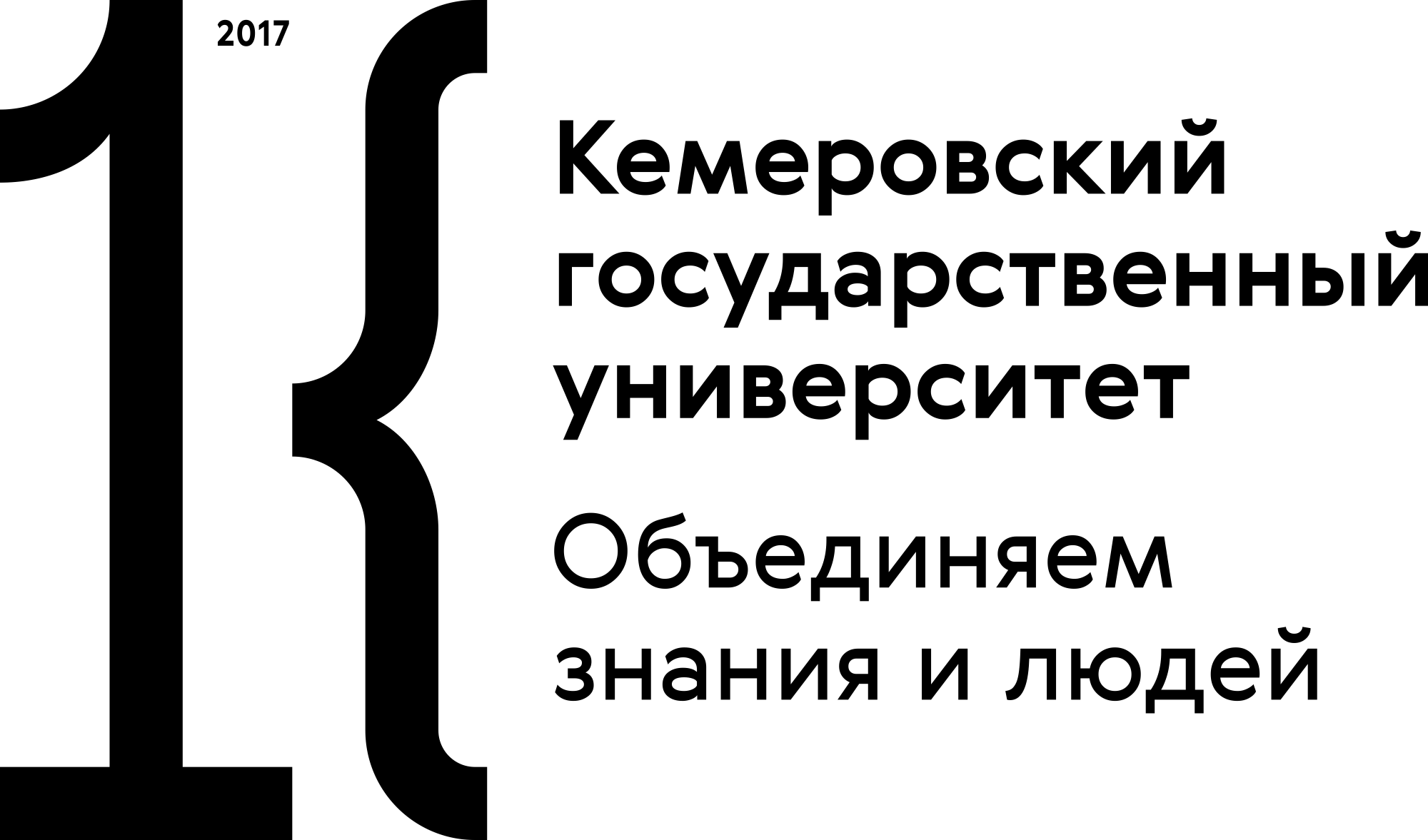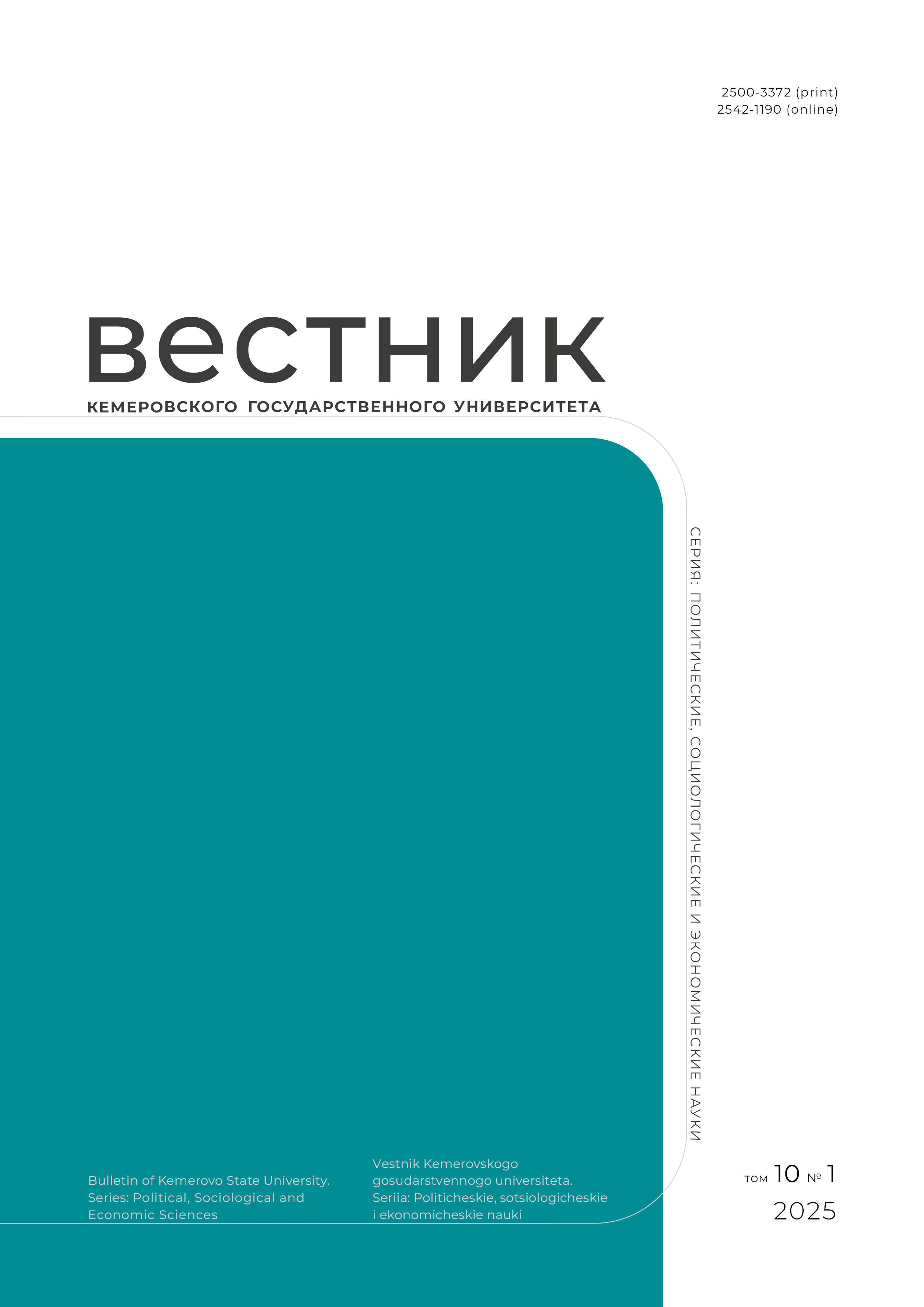Sankt-Peterburg, Russian Federation
The research featured integrated innovative scientific and educational structures at university. The research objective was to develop indicators to assess the prospects of these structures. The methods involved content analysis, comparison, and systematization. In the conditions of innovative economy, transformation processes in higher education are becoming especially relevant. The university is an economic entity of the higher education system. It forms new types of units in its structure. The activities of these units are based on integration processes in the educational, scientific, and industrial spheres. New scientific and educational structures depend on the form of interaction between the university, scientific organizations, and real economy enterprises. Therefore, the innovative structures can be represented by joint laboratories, basic departments, scientific and educational centers, and research laboratories. Their prospects can be estimated using a set of indicators based of the analysis of the goals and expected outcome in the sphere of innovations, science, and education. The most important indicators of the prospects of these innovative structures include academic degrees of the employees, their average age, the prospects of development of scientific areas, training of qualified personnel, quality of infrastructure, wage levels, number of staff, etc. Assessment of the prospects of the innovative structures is useful for strategic planning of educational and scientific activities of the university, as well as addressing financial and structural integrity issues.
indicator of prospects, expectations from innovations, joint laboratory, basic department, scientific and educational center, research laboratory
1. Shelikova N. Yu. Peculiarities of formation of innovative integrated structures of education, science and business. Vestnik Bryanskogo gosudarstvennogo universiteta, 2012, (3-2): 248-253. (In Russ.)
2. Foss L., Gibson D. V. The Entrepreneurial University: Context and Institutional Change. N. Y.: Routledge, 2015, 286.
3. Markkula M. The Knowledge Triangle: Renewing the University Culture. The Knowledge Triangle: Re-inventing the Future, eds. Lappalainen P., Markkula M. Aalto: Aalto University, 2013, 11-32.
4. Kharin A. A. Methodology of the formation of innovative integrated structures of education, science, and business. Dr. Econ. Sci. Diss. Abstr. Moscow, 2011, 32. (In Russ.)
5. Zebnickiy A. A., Prihodko P. V., Yancev A. V., Pushkareva E. A. Formation of a uniform system of higher education: problems and prospects. Novosibirsk State Pedagogical University Bulletin, 2013, (2): 27-35. (In Russ.)
6. Perkmann M., Tartari V., McKelvey M., Autio E., Brostrom A., D'Este P., Fini R., Geuna A., Grimaldi R., Hughes A., Krabel S., Kitson M., Llerena P., Lissoni F., Salter A., Sobrero M. Academic Engagement and Commercialisation: A Review of Literature on University-Industry Relations. Research Policy, 2012, 42(2): 423-442.
7. Bukatov N. S., Kalanda E. O., Lysenko S. V., Pushkarev Yu. V. Integration of educational systems and the problem of formation of new person in the higher education. Novosibirsk State Pedagogical University Bulletin, 2013, (1): 43-49. (In Russ.)
8. Drobyshevskaya L. N., Popova E. D. Development of Russian knowledge economy in the era of digital transformations. Kreativnaia ekonomika, 2018, 12(4): 429-446. (In Russ.)
9. Mayer B. O., Evzrezov D. V. Changes in system of the modern society and reform of higher education. Novosibirsk State Pedagogical University Bulletin, 2012, (6): 37-43. (In Russ.)
10. Kofman E. The Knowledge Economy, Gender and Stratified Migrations. Studies in Social Justice, 2007, 1(2): 122-135. DOI: https://doi.org/10.26522/ssj.v1i2.974
11. Pushkarev Yu. V., Pushkareva E. A. Development of education in the conditions of new system of values of the global society. Novosibirsk State Pedagogical University Bulletin, 2012, (4): 20-25. (In Russ.)
12. Latuha O. A., Pushkarev Yu. V. Role of higher educational institutions in creation of innovations. Novosibirsk State Pedagogical University Bulletin, 2013, (3): 66-72. (In Russ.)
13. Vasilev Iu. S., Glukhov V. V., Fedorov M. P. Economics and organization of university management, 3rd. ed. St. Petersburg: Lan, 2004, 608. (In Russ.)
14. Solovyeva L. V., Solovyeva V. I. Education as a factor of social and economic development of the Russia and regions. Belgorod State University Scientific Bulletin. Economics. Information technologies, 2016, (23): 22-29. (In Russ.)
15. Vasetskaya N. O., Glukhov V. V., Burdakov S. F. The elaboration of the model of competences of the research and teaching university staff. Proc. 2018 XVII Russian Sci.-Prac. Conf. on Planning and Teaching Engineering Staff for the Industrial and Economic Complex of the Region, St. Petersburg, November 14-15, 2018. St. Peterburg, 2018, 98-101. DOI:https://doi.org/10.1109/PTES.2018.8604215
16. Vasetskaya N. O., Klochkov Yu. S. Integrated innovative scientific and educational structures as a tool for training professional personnel in the field of engineering and technical education. St. Petersburg: BMV i K, 2017, 159. (In Russ.)
17. Dezhina I. G. Infrastructure of science: from co-working centers to super-large installations. Ekonomiko-politicheskaia situatsiia v Rossii, 2011, (10): 54-56. (In Russ.)
18. Rozhkov Yu. V., Chernaya I. P. The capitalization in the objectives of innovation development of the region. Innovatsii, 2009, (6): 82-85. (In Russ.)
19. Nedospasova O. P. Evaluation of effectiveness of various sources of investment financing. Problemy sovremennoi ekonomiki. 2011, (3): 165-167. (In Russ.)
20. Industrial Cloud-Based Cyber-Physical Systems, eds. Colombo A., Bangemann Th., Karnouskos S., Delsing J., Stluka P., Harrison R., Jammes F., Lastra J. L. Springer International Publishing, 2014, 245.
21. Unger M., Polt W. The Knowledge Triangle between Research, Education and Innovation - A Conceptual Discussion. Foresight and STI Governance, 2017, 11(2): 10-26. DOI:https://doi.org/10.17323/2500-2597.2017.2.10.26
22. Shemetov E. A. Methodological foundations for assessing the effectiveness of the formation of integrated structures in shipbuilding. Ekonomicheskie nauki, 2012, (88): 84-88. (In Russ.)
23. Leydesdorff L. The Triple Helix, Quadruple Helix, …, and an N-Tuple of Helices: Explanatory Models for Analyzing the Knowledge-Based Economy? Journal of the Knowledge Economy, 2012, 3(1): 25-35.
24. Parushina N. V., Lytneva N. A., Semidelihin E. A. Methods of measurement and evaluation of human capital (scientific review). Nauchnoe obozrenie. Ekonomicheskie nauki, 2017, (2): 89-99. (In Russ.)

















